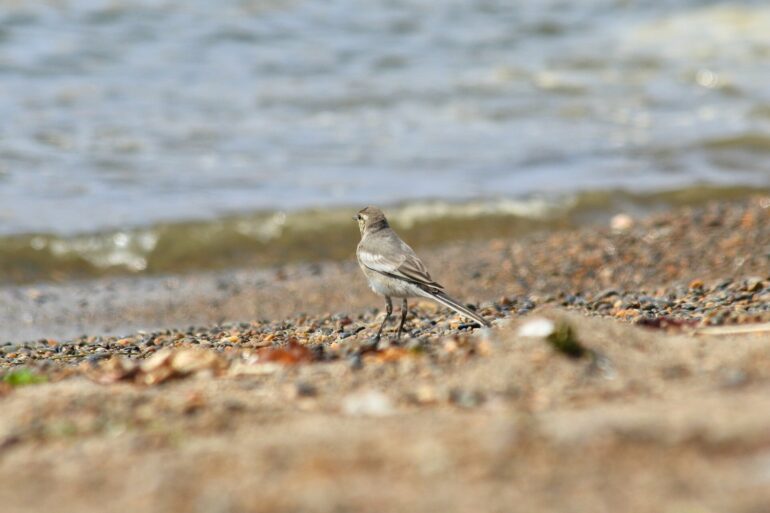Investments in the environment are paying off for a California county where projects designed to restore the natural environment are also buffering the impacts of sea-level rise, according to a new study by Stanford researchers. The research, published June 9 in npj Urban Sustainability, shows that nature-based solutions, such as conserving marshlands and restoring beaches, can be as effective as concrete seawalls at protecting against sea-level rise while providing extra benefits. Those benefits, such as opportunities for recreation, climate change mitigation through carbon storage, and nutrient pollution reduction, provide incentives for policymakers to prioritize nature-based solutions for sea-level rise.
“We’re uncovering new benefits of decisions that have already been made about conservation or restoration efforts,” said study lead author Anne Guerry, chief strategy officer and lead scientist at Stanford University’s Natural Capital Project. “Our models show how communities can reap more benefits as they invest more in nature.”
Guerry co-authored a paper last year showing how traditional approaches to combating sea-level rise can create a domino effect of environmental and economic impacts for nearby communities. The new research is the product of a partnership between San Mateo County, the San Francisco Estuary Institute, and Stanford’s Natural Capital Project to develop an actionable, science-driven plan to combat sea-level rise.
Modeling solutions
Using input from stakeholder workshops and scientific explorations of the suitability of stretches of shoreline for restoration of different coastal habitats, the researchers modeled three scenarios for adapting to sea-level rise. The first scenario envisioned the county’s entire San Francisco Bay coastline lined with concrete seawalls, a traditional solution for holding back the sea. The second scenario considered conservation and restoration projects currently underway or in various stages of planning in the county, such as the rehabilitation of salt ponds and the addition of a beach in front of a levee. The third scenario explored additional, feasible nature-based projects, such as protecting marshlands and restoring native seagrasses and oyster beds along the coastline.
The team used InVEST, the Natural Capital Project’s free, open-source software, to model the extra benefits that could flow to people from the county’s sea-level rise adaptation options. They found that conservation and restoration projects would deliver up to eight times the amount of benefits as traditional solutions while providing the same level of flood protection. For example, the results showed that the nature-based solutions that are being implemented today would result in six times more stormwater pollution reduction than the scenario that used traditional concrete seawalls. The third scenario, which proposed additional nature-based projects, would result in eight times more stormwater pollution reduction than traditional approaches, a crucial benefit for keeping Bay waters clean.
The researchers met with residents, community groups, and other government agency staff to co-develop guiding principles for the county’s sea-level rise adaptation planning. Among them: Prioritize nature-based actions; use an inclusive, equitable, and community-based process to make decisions; and rigorously track the process to reduce vulnerability, risks, and impacts.
“Because we engaged with government and other stakeholders, our results will be more helpful to decision-makers throughout the county,” Guerry said. “Regionally, there is a lot of enthusiasm for nature-based solutions. We are hopeful that this work can help build momentum and tailor approaches to places where they will be effective as long-term sea-level rise solutions.”
Anne Guerry is also a senior research associate at the Stanford Woods Institute for the Environment. Other co-authors of the paper are Stanford Natural Capital Project researchers Jess Silver, Katherine Wyatt, Katherine Arkema, Perrine Hamel, Robert Griffin, and Stacie Wolny; San Francisco Estuary Institute researchers Julie Beagle, Jeremy Lowe, and Ellen Plane; and San Mateo County staff Marcus Griswold, Hilary Papendick, and Jasneet Sharma.
More information:
Protection and restoration of coastal habitats yield multiple benefits for urban residents as sea levels rise, npj Urban Sustainability (2022). DOI: 10.1038/s42949-022-00056-y
Provided by
Stanford University
Citation:
Researchers reveal add-on benefits of natural defenses against sea-level rise (2022, June 9)



